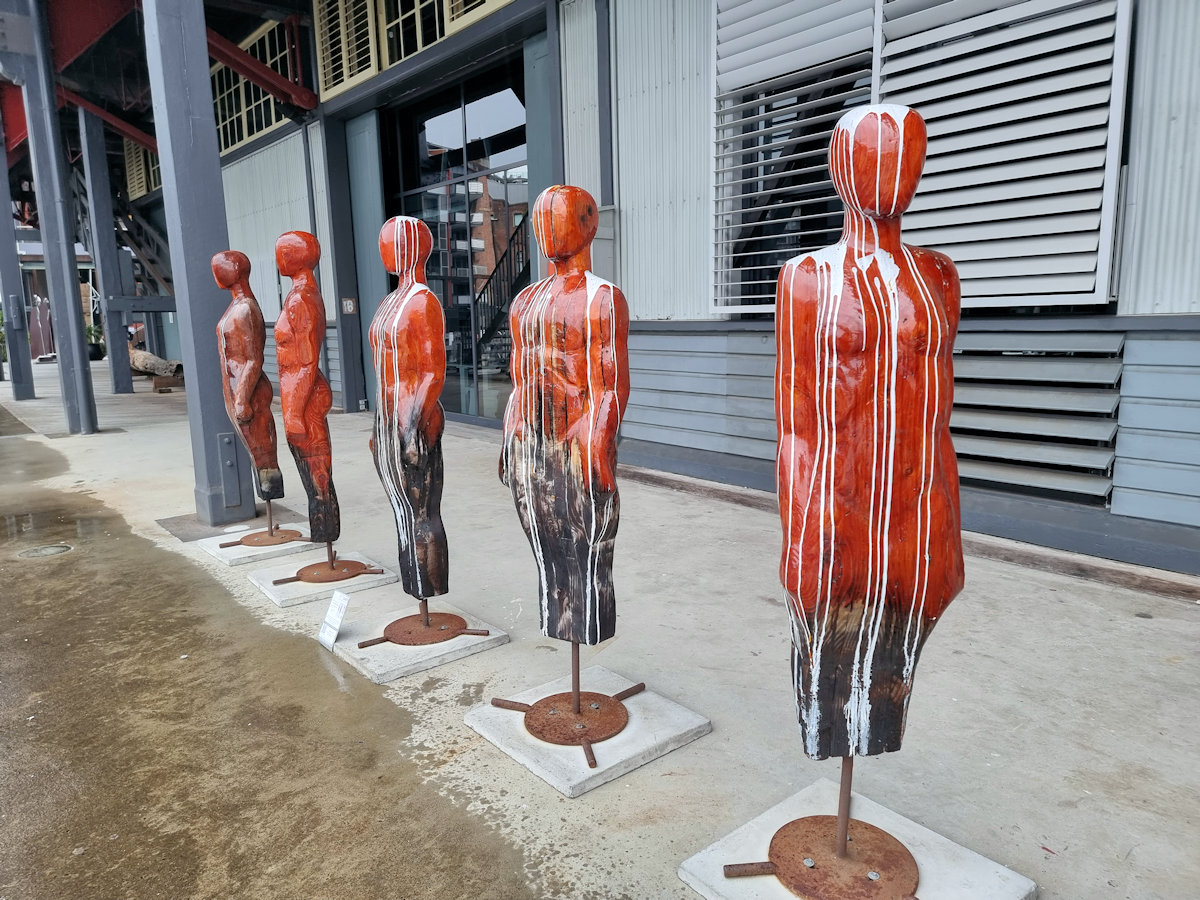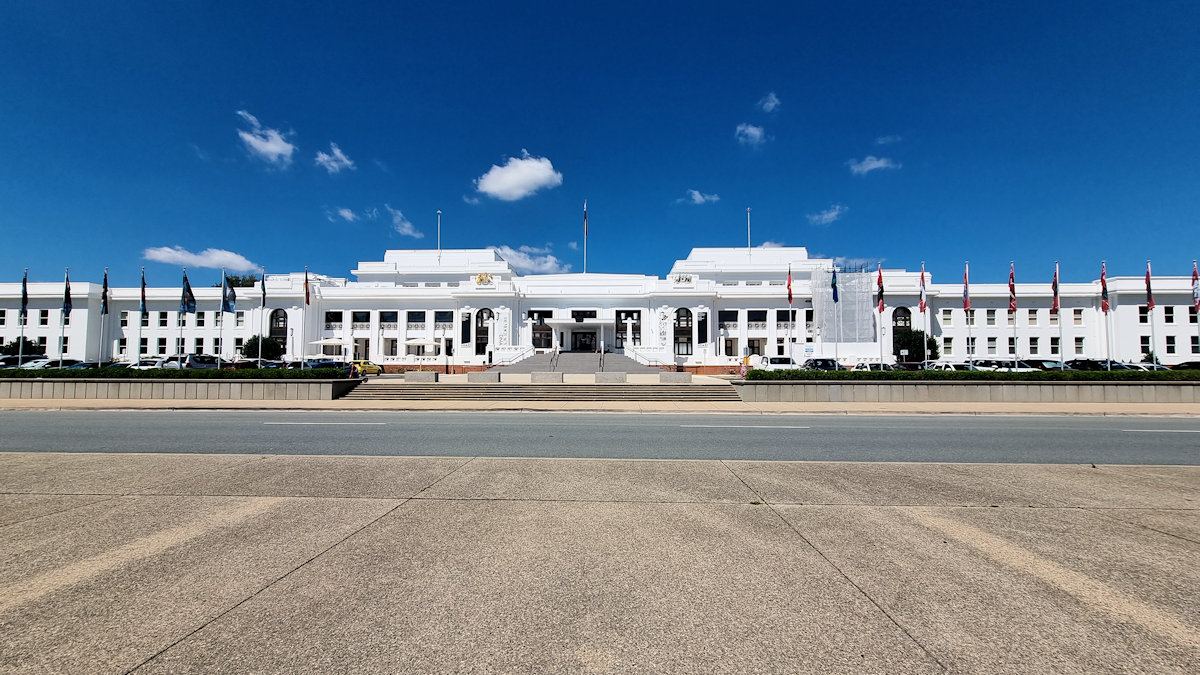Category: Museum
-
Sydney Sculpture Exhibition Walsh Bay

Sydney Sculpture Exhibition – Walsh Bay Walking through Walsh Bay, we found the Sydney Sculpture Exhibition set among the redeveloped bond stores and wharves. We visited in August 2024, and they should be on display until November 2024, although some appear to be permanent displays. We walked from Circular Quay which took around 20 minutes,… Read more
-
Old Parliament House Canberra

Old Parliament House Canberra Only intended as a temporary home for the Australian Parliament, Old Parliament House in Canberra actually operated as the seat of government from 1928 until 1988. At this time the government move to the new Parliament House on Capital Hill. It now houses the Museum of Australian Democracy as well as… Read more
-
Australian National Maritime Museum

Australian National Maritime Museum Covering Australia’s maritime history from pre-colonial times to the present, the Australian National Maritime Museum in Sydney has an excellent collection of ships and artefacts on display. The most obvious displays are the ships and boats of the heritage fleet docked on Darling Harbour, but those inside also deserve a lot… Read more